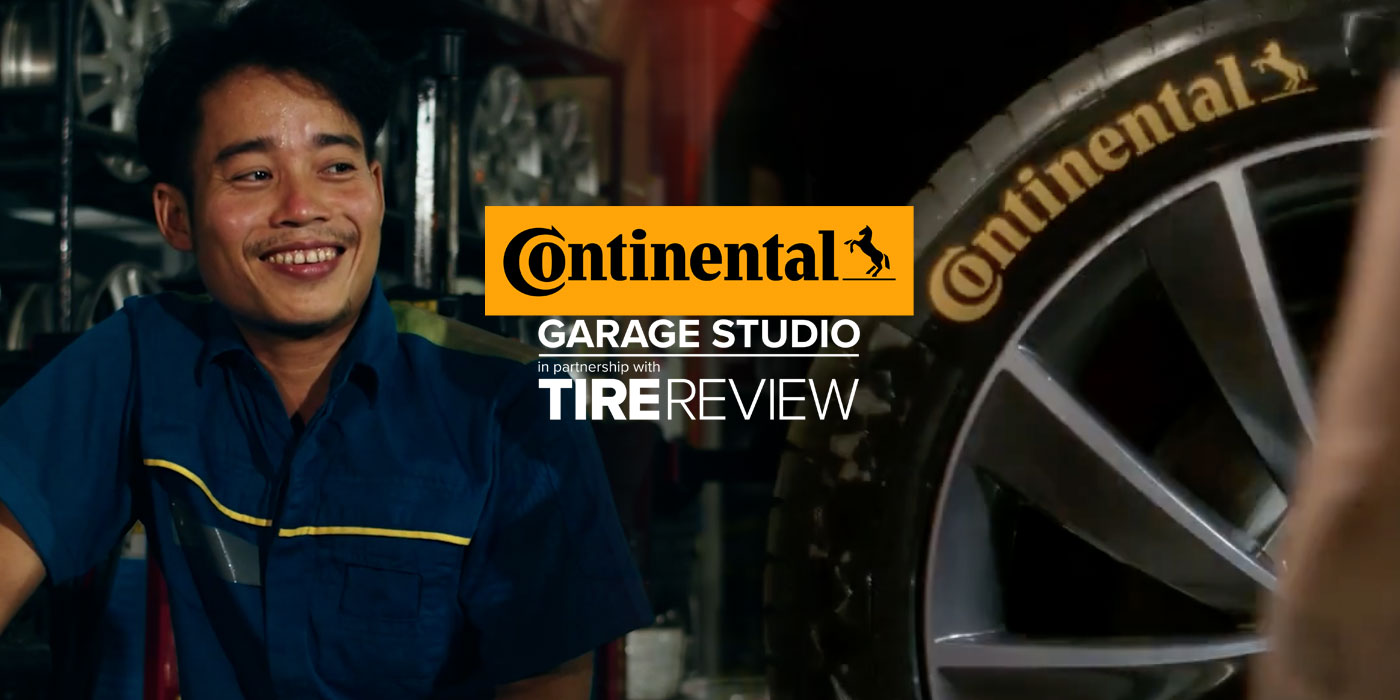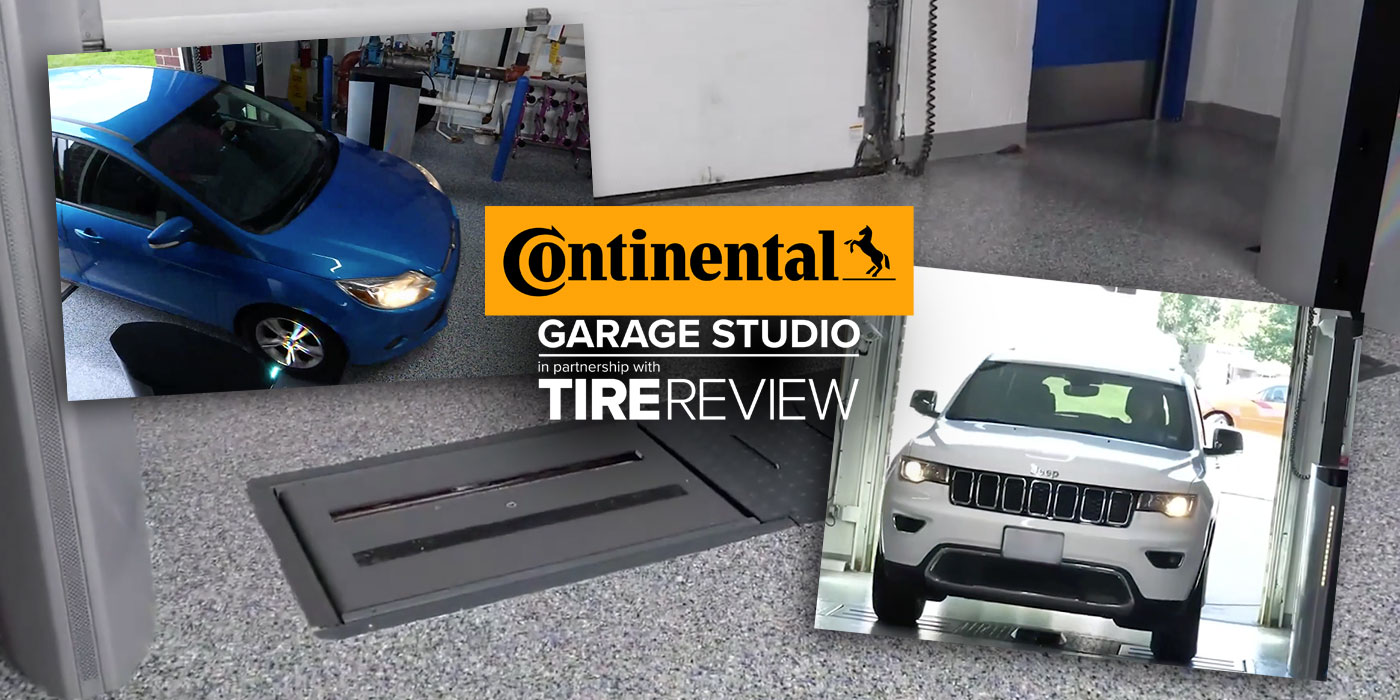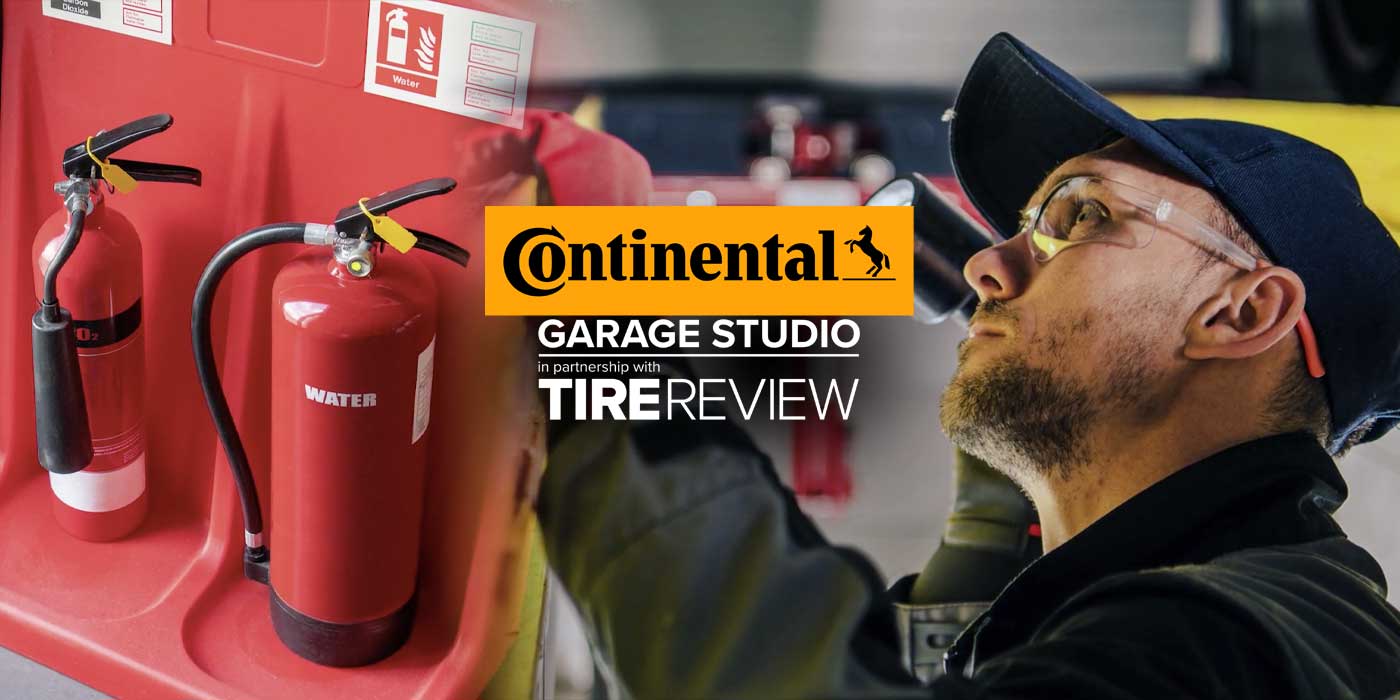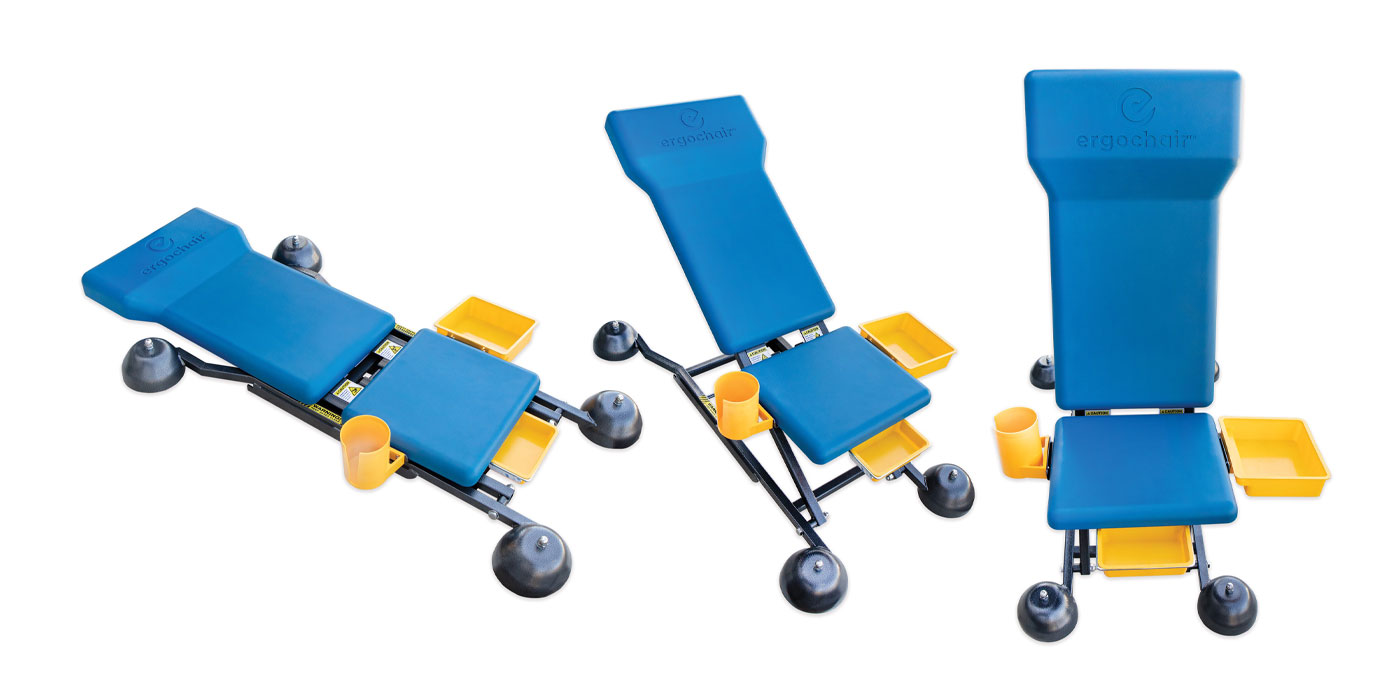Well-run tire dealerships all have one basic thing in common: workplace safety as a foundation. Unsafe working conditions are likely one of the top preventable issues that can cost a shop such a significant amount of time and money – or worse, injury or death.
Fortunately, everything you need to know to maintain a safe working environment as required by law is clearly spelled out – and this information should also be covered as part of basic technician training.
Training is Key
When it comes to creating a culture of safety, training is a must – especially programs that cover basics such as hazard recognition and the importance of personal protective gear.
“Hazard recognition is the first step,” says Kevin Rohlwing, senior vice president of training for the Tire Industry Association (TIA). “If you don’t recognize the hazards, it’s going to be very difficult to protect yourself from an accident. That’s a big part of what we do in all of our technician training programs – identify the hazards so the technician makes good decisions.”
Rohlwing says TIA’s own research and Occupational Safety and Health Administration (OSHA) data indicate the top service hazards are: inflating a tire; jacking/lifting/supporting a vehicle; vehicle rollover, and failure to lock out/tag out.
Rohlwing adds that OSHA has created specific regulations for the service of commercial truck, earthmover, farm, construction and industrial applications, but not for passenger and light truck tire service. The latter is covered under the “general duty clause” in most cases, he says.
Flynn’s Tire Group, which operates 20 retail locations in Ohio and Pennsylvania, plus commercial and wholesale divisions, uses a combination of online, classroom and on-the-job training programs to maintain a safe work environment, according to Paige Turk, human resources director.
“We start with new-hire safety training in the classroom as a part of our formal new-hire orientation; this training is focused on awareness and practicing safe behaviors,” she says. “We incorporate safety training into all of our on-the-job skill training as a means to further develop safety behaviors while working. We also provide annual training that is typically online to address types and causes of injuries as determined by trend analysis conducted by our safety committee.”
Flynn’s uses a combination of its own programs developed in-house, as well as training programs provided by insurance carriers and tire manufacturers, Turk adds.
Meeting Legal Requirements
As mentioned above, shops that service passenger/LT tires need to comply with OSHA’s general industry standards (29 CFR section 1910), which cover a tire dealership or automotive repair shop, according to Bill Principe, a partner at nationwide management labor law firm Constangy, Brooks, Smith & Prophete LLP. OSHA has categorized all industries by NAICS code (North American Industrial Classification System), so dealers can check their business’ classification to find the most common violations, he adds.
The most common standards that were cited by OSHA for tire dealers during the period from October 2015 to September 2016 were: hazard communication (18 citations); abrasive wheel machinery (13); general requirements (7); servicing multi-piece and single-piece rim wheels (6); maintenance, safeguards and operational features for exit routes (5); and portable fire extinguishers (5).
While OSHA inspections occur randomly, there are some factors that increase a shop’s chances of being visited by an inspector. This includes any injury that results in an employee being admitted to a hospital or emergency facility, in which case the employer is required to notify OSHA within 24 hours, Principe explains.
An inspection also is likely if an employee makes a formal (written and signed) complaint, or if a dealer does not respond adequately to an informal (unsigned) complaint, he adds.
The latter is “typically a disgruntled person you’ve just fired, who then calls OSHA and makes accusations,” Principe says. “OSHA typically sends a letter explaining the allegations, asking if anything is true, and if it has been fixed. If you don’t respond, or if your response is inadequate, they’ll typically show up. If you respond that these issues have been fixed, typically that is adequate and they don’t come to the shop.”
In the case of a formal complaint, an OSHA inspector will visit.
“While they start out with the inspection being limited to the scope of what the complaint was about, a tire shop is usually small enough so an inspector can see everything else, so they typically expand it and make it a wall-to-wall inspection,” Principe cautions.
Dealer Safety Strategies
Proper training and meeting legal requirements make for an obvious start, but when it comes to keeping employees motivated to sustain a culture of safety, dealers need to develop a plan.
In addition to the training mentioned above, Flynn’s Tire Group uses its “Think Safety” incentive program to reward employees for submitting ideas to improve workplace safety.
“We also encourage our location managers to conduct brief ‘huddle meetings’ to keep team members focused on safety given any particular challenges that may occur,” Turk says. “We identify a safety point person for each location to facilitate routine safety inspections.”
In addition to weekly inspections, quarterly audits are conducted and location managers are held accountable through financial assessments, she says, adding that a safety committee meets monthly “to review incidents and concerns; tap into resources to educate and train; brainstorm and recommend strategies for continued safety, and champion safety throughout the organization.”
At Redwood General Tire Pros, located in Redwood City, Calif., each day begins with a morning meeting for technicians, during which work orders are given, any problems from the previous day are addressed, and any safety items – equipment that needs repaired, etc. – are mentioned, according to owner and president Alpio Barbara.
“We also get quarterly emails from our insurance company with topics to discuss with our employees, such as recognizing signs of heat stroke, the necessity of proper hydration, etc.,” he adds. “The insurance company also sends out an inspector to make sure we are in compliance with their risk management guidelines.”
An independent safety auditor who used to work for OSHA also visits Redwood General twice a year – unannounced – to inspect the shop and point out any deficiencies.
Hank Feldman, owner and president of Performance Plus Tire & Automotive Superstore, located in Long Beach, Calif., says his dealership utilizes monthly safety meetings and an annual inspection from its insurer. They also appointed a designated safety manager to monitor all activity in the facility for safety compliance.
“We have actually dismissed an employee for failure to comply regarding safety glasses,” Feldman says. “This sends the message we are serious about safety.”
Management’s Role
Employers are responsible for having safety rules and procedures, enforcing them and having consequences for employees who do not follow applicable OSHA standards, says Principe.
However, it’s impossible for management to know what safety rules they are enforcing without taking part in technician training sessions, adds Rohlwing.
“If you send your techs to training and you don’t know what that training is, then how are you going to know if your guys are doing it right or wrong?” he explains. “When management is trained and knows the proper policies and procedures, then they can make sure things are being properly enforced.”
Principe adds, “It’s all about assessing your operation and figuring out what the applicable standards are, then following through to make sure you’ve implemented what is required under those standards. If you’re a multi-location dealership, you need to make sure all the facilities are (consistent).”
Rohlwing recommends creating an incentive program centered on safety, such as rewarding employees for every so many days there are no accidents or injuries.
“If an individual is motivated and engaged, they will help reinforce the need for that safety culture,” he says. “That’s the Holy Grail – you have to create the culture of safety in which employees know it is important to management and to themselves, and in which management is going to enforce it.”














